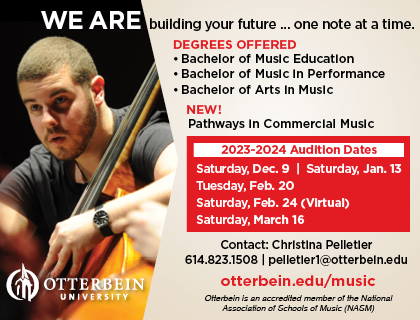‟According to my plans, the Capriccio was to glitter with dazzling orchestral color, and manifestly, I had not been wrong”—wrote Rimsky-Korsakov in his autobiography, titled My Musical Life. The Capriccio espagnol, completed in the summer of 1887, was an instant success even before the premiere: the musicians of the Imperial Opera orchestra in St. Petersburg applauded each section already at the first rehearsal. Then after the first performance, an enthusiastic audience demanded that the entire piece be immediately repeated.
Rimsky-Korsakov was not the first Russian composer to be attracted to the landscapes and music of the Mediterranean. Tchaikovsky wrote his Capriccio italien seven years earlier. Both composers were preceded, and inspired, by Mikhail Glinka, the ‟father of Russian music,” as he was called: Glinka had composed his Capriccio brillante, based on the jota dance of Spain’s Aragon region, in 1845. Glinka had spent a great deal of time in Spain, just as Tchaikovsky wrote his Italian Capriccio in Italy. Rimsky-Korsakov, on the other hand, had stopped in Spain only briefly while, as a young naval officer, he was returning from a three-year voyage that had taken him to the United States and South America. The tunes used in the Capriccio came to him from a book of Spanish folk music; his personal copy has been preserved, containing all the authentic melodies that had found their way into the score.
Rimsky-Korsakov could have arranged the Spanish folk melodies in a suite, where the different tunes followed one another in a loose sequence. Instead, he chose to give the work a sense of unity by organizing it around a main melody, heard at the beginning, in the middle and at the end. This melody is called ‟Alborada,” or ‟dawn song,” a genre we have encountered earlier in this program with Ravel’s Alborada del gracioso.
The lively opening ‟Alborada” is followed by a set of slow variations, whose simple melody is repeated several times, played by varying instrumental combination. We hear, in turn, the quartet of horns, the strings (with the cellos playing the highest part), English horn and French horn in alternation, and the full orchestra. After the return of the ‟Alborada,” we move on to a section called ‟Scene and Gypsy Song,” which opens with a series of virtuoso cadenzas (the first for horns and trumpets, and then one each for violin, flute, clarinet, and harp). Then, finally, the orchestra launches into the impassioned Gypsy song. The colorful ‟Fandango”—another Spanish dance—ends with the return of the now-familiar ‟Alborada.”
Notes by Peter Laki
